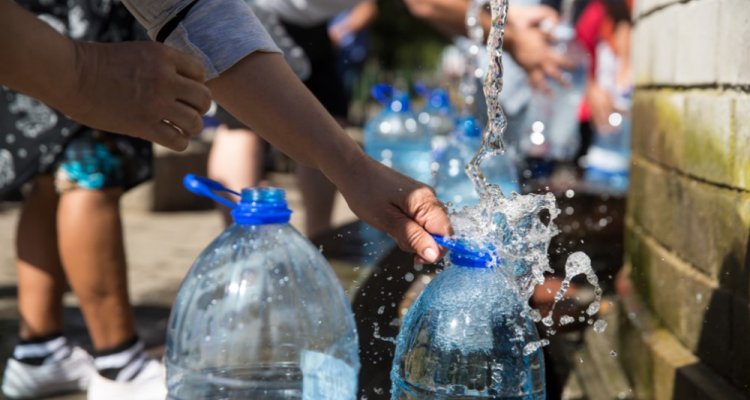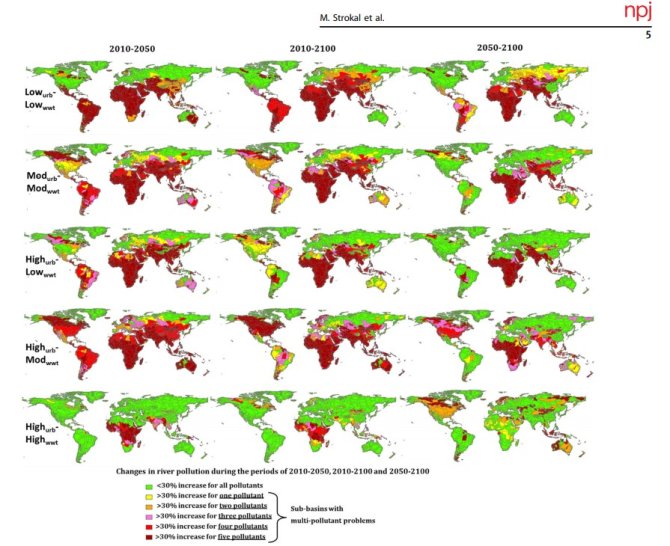
News
City becomes increasing source of water pollution this century
In the 21st century, most of the world's population is expected to live in urban areas. Over three-quarters of them will face moderate to high levels of water pollution from nutrients, microplastics, chemicals or pathogens. In Africa, future river pollution itself could be 11 to 18 times higher than in 2010, as is shown by new research. The availability of clean water is becoming a major challenge here.
More than half of the world's population currently lives in urban areas and this trend will continue in the coming decades. The pressure on clean (drinking) water in cities is therefore increasing. At the moment the pollution of rivers in Europe, Southeast Asia and North America is serious, but scenarios for the coming decades look different.
Scenarios for 2050 and 2100
Researchers from Wageningen University & Research, the Chinese Academy of Sciences, the Netherlands Environmental Assessment Agency (PBL), National Institute for Public Health and the Environment (RIVM), Utrecht University and Open University in Heerlen, looked at the effects of urbanization on river pollution. What's special is that they developed an approach to analyze multiple types of pollution (microplastics, nutrients, chemicals and pathogens) and how they are related together: the multi-pollutant approach. Scenarios for water pollution in 2010, 2050 and 2100 have been developed for more than 10,000 rivers. These scenarios take into account socioeconomic developments and different rates of urbanization and wastewater treatment.

Africa
The results show that with high urbanization in the 21st century, 80% of the world's population will live in areas with multiple types of water pollution. In Africa, water pollution may even be 11 to 18 times higher than in 2010, making it difficult for this continent to meet the Sustainable Development Goals. In many regions such as Europe and North America, it is possible to use advanced water treatment to provide cities with clean drinking water. But in Africa, expected population growth is such that this remains challenging.
"Currently, Africa accounts for <5% of global river pollution, but in the scenario with strong urbanization this could grow up to 50%," says Maryna Strokal, water systems researcher at WUR. "This is a development that governments must take seriously. The fact that we can map out what the effects of urbanization on water quality are going to be, will hopefully ensure that governments act in time.”